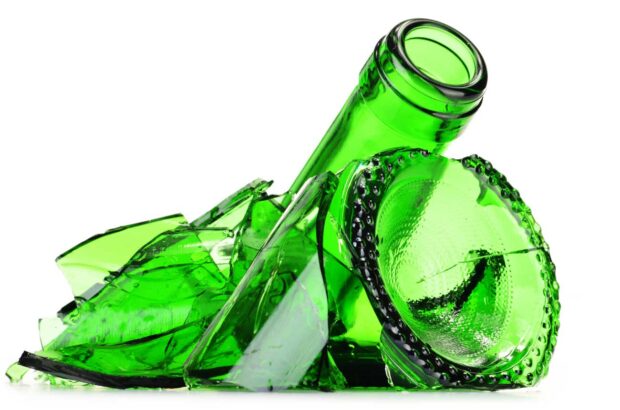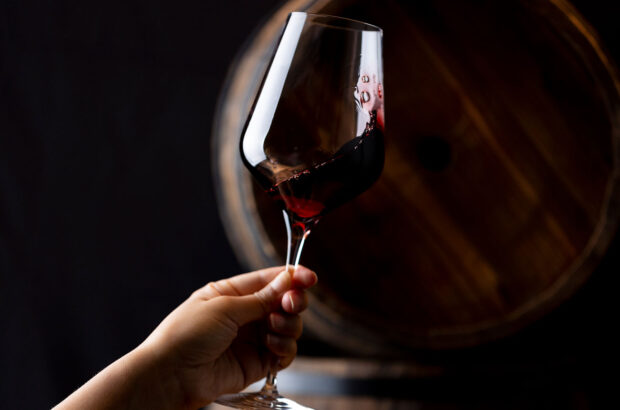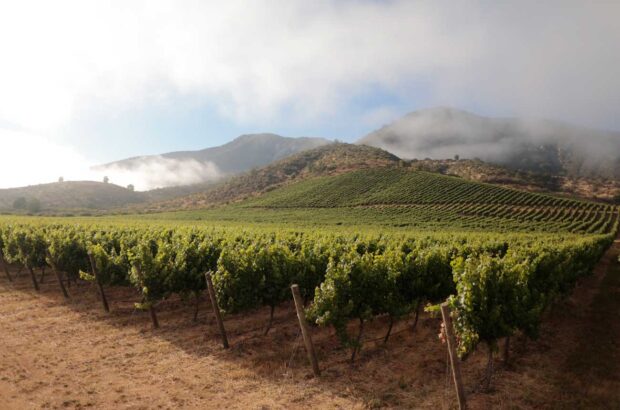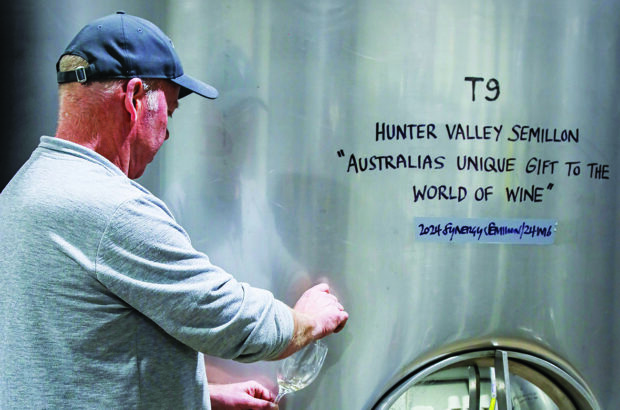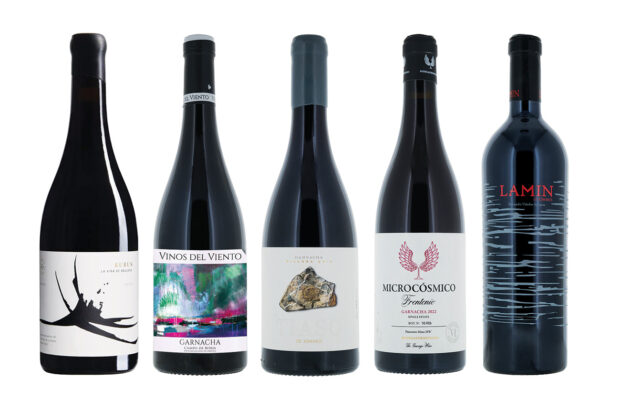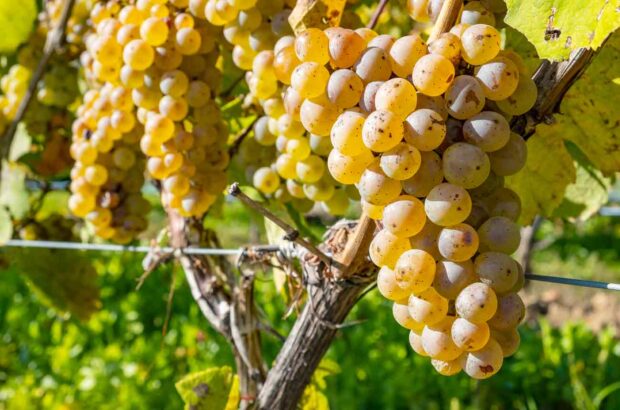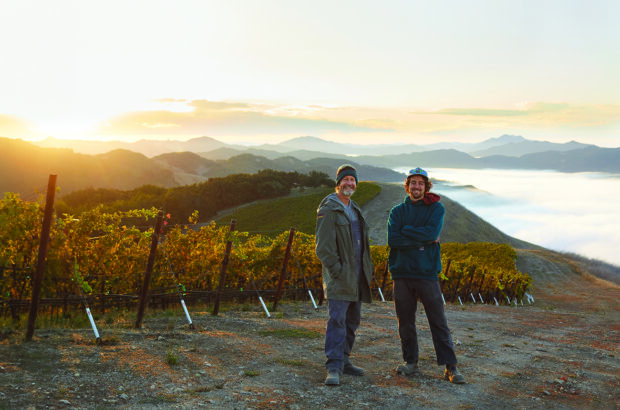The origin of gin
The history of gin has been rewritten in a new book by Master Distiller Jared Brown and his wife, drinks historian Anistatia Miller. A Most Noble Water (£14.95 Mixellany) debunks the story that gin originated in Holland in the guise of Dutch genever. While conducting research in the National Archives, Brown discovered an English recipe from 1639 that includes juniper, orange, lemon peels and spices – core to the structure of modern gin.
‘I was searching for ultimate spellings of the word “juniper” in old books,’ he explained. The recipe predates the arrival of genever in Britain by about 10 years. As Master Distiller for Sipsmith – the distillery that kickstarted the UK’s craft gin scene in 2009 – Brown was keen to revive the recipe.
‘For Sipsmith, the chance to write a whole new chapter in the story of gin by going back to its very inception – nothing could be more exciting than that,’ he said.
The result is Sipsmith Origin 1639 (Alc 42%). Described by Brown as ‘likely to be the driest gin you’ll ever taste’, it’s juniper-forward, with a full, smooth palate of bright berries, crisp citrus and a long, dry and spicy finish. £38/70cl Amazon, Ocado, Sipsmith
What is… singani
Considered the national spirit of Bolivia, singani is a clear eau-de-vie made from the Muscat of Alexandria grape. The variety has been cultivated in vineyards above 1,600m in the Bolivian Andes for almost 500 years. Sipped neat, singani gives light vegetal and fruity notes, similar to blanco tequila or white rum. It may also be mixed with ginger ale to create the refreshing long drink Chuflay. It’s generally hard to find outside Bolivia, but film director Steven Soderbergh recently launched his Singani 63 (Alc 40%) brand in the UK. He discovered the spirit while filming the two-part biopic Che in Bolivia.
£30.95-£35.99 Amazon, Gerry’s of Soho, Master of Malt, The Whisky Exchange
What to drink now… Rusty Nail
If you’re after a winter warmer as the nights draw in, this simple two-ingredient cocktail is a cinch to prepare. Traditionally made of two parts blended Scotch to one part Drambuie whisky liqueur, the proportions can be adjusted according to taste (I like a 3:1 mix with 45ml whisky and 15ml liqueur). It’s likely that someone tried out the combination soon after Drambuie was created in 1908 and recipes subsequently appeared in various proportions and guises throughout the 1940s and ’50s, but the name Rusty Nail was first recorded in 1961. Its popularity was assured thanks to its connection with Frank Sinatra and the Rat Pack. The oldest British whisky liqueur brand, Drambuie (Alc 40%, £24.99-£39/70cl Widely available) is made on the Isle of Skye using aged Scotch infused with heather honey, herbs and spices. Its origins can be traced to a secret 18th-century recipe that Bonnie Prince Charlie gave to a Scottish clan on the Isle of Skye after the Battle of Culloden.
Ingredients: 60ml Scotch whisky, 30ml Drambuie liqueur, 2 dashes Angostura aromatic bitters
Glass: Rocks
Garnish: Lemon zest twist
Method: Stir all of the ingredients with ice in a mixing glass. Strain into a glass filled with ice and garnish.



